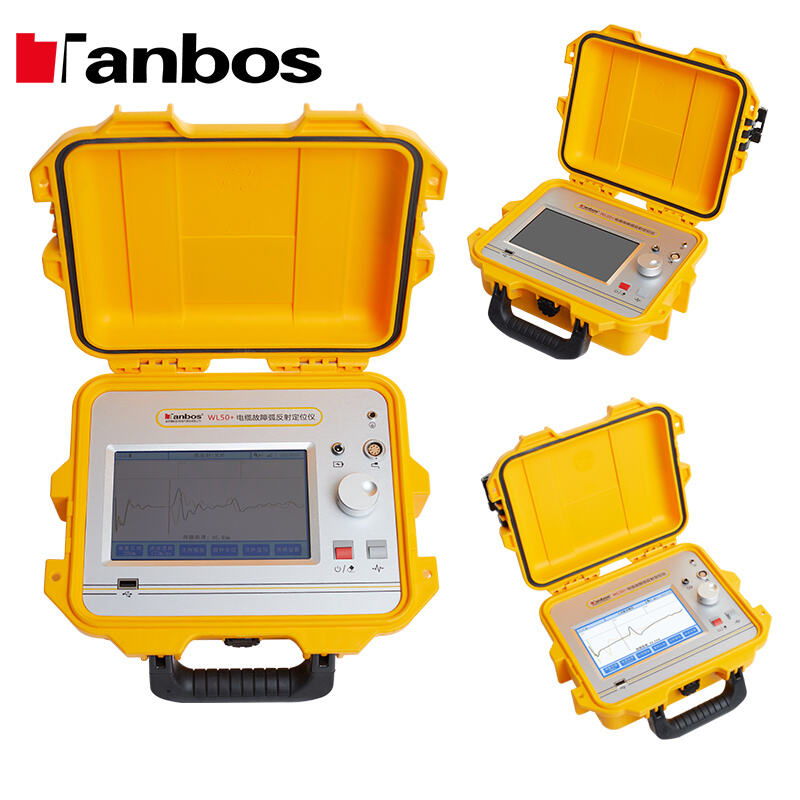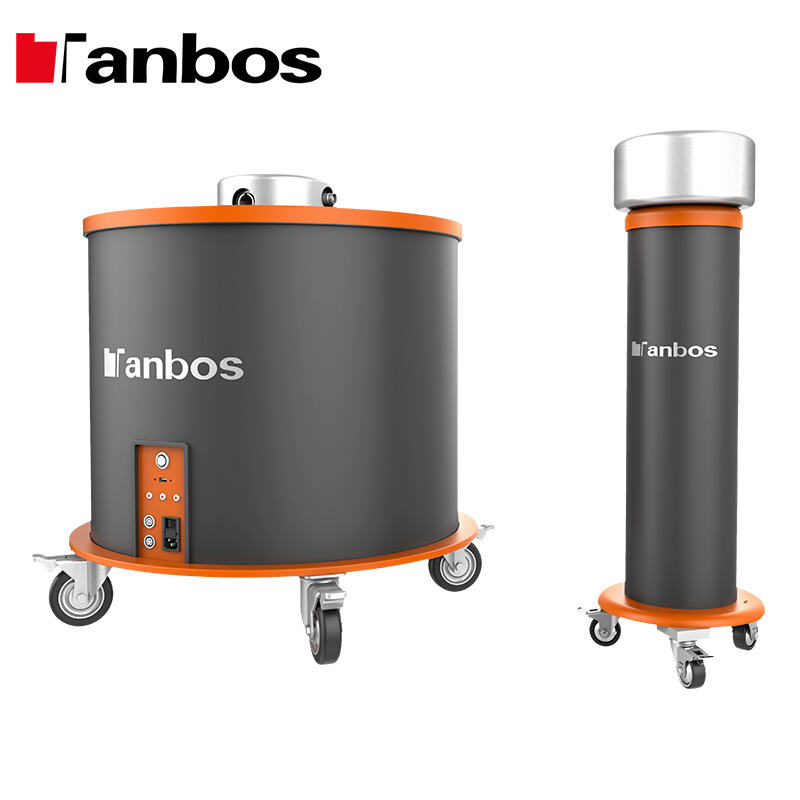 EN
EN
 EN
EN
There was a time, when, similarly to superheroes, cables were used to transport electricity from one place to another! But what does that mean? In this blog, we’ll dive into the fascinating realm of high voltage DC testing as it applies to cables, and uncover why it's so important.
What if cables were secret agents, ferrying important messages. Just as secret agents need to be robust and trustworthy, so too must the cables be tested to ensure that they can safely carry electricity. Enter high voltage DC testing! It’s a little like giving the hipot testing high voltage cables a special turbocharge to help them do their job well.
Just as superheroes must be powerful to save the world, cables must be safe to conduct electricity without a hitch. Testing the Tanbos insulation level with high voltage DC can give assurance that high voltage cable fault locator are in optimal condition and can withstand the electrical power they are transmitting. That way, we can all keep safe and the flow of electricity will remain steady.

If a superhero lost their cape, they could no longer fly! Similarly, cables require insulation to keep them from leaking electricity. We use high voltage DC testing to test the insulation of cables to ensure they are safe. That way, there won’t be accidents, and electricity will travel where it’s supposed to.

Just as scientists have a method to carry out experiments, engineers must follow some guidelines to successfully test Tanbos high voltage DC. They must come equipped with the right instruments, follow the rules for safety and, most important, they must regard their results not with complacency but with scrutiny. In this way, they are able to ensure that high voltage fault locator are ready to carry electricity safely.

It is as if a detective can see clues that no one else can - that’s what Tanbos high voltage DC testing does for cables! By identifying potential problems sooner, engineers can address problems before they grow. This helps thwart power outages, keeping the electricity flowing smoothly.